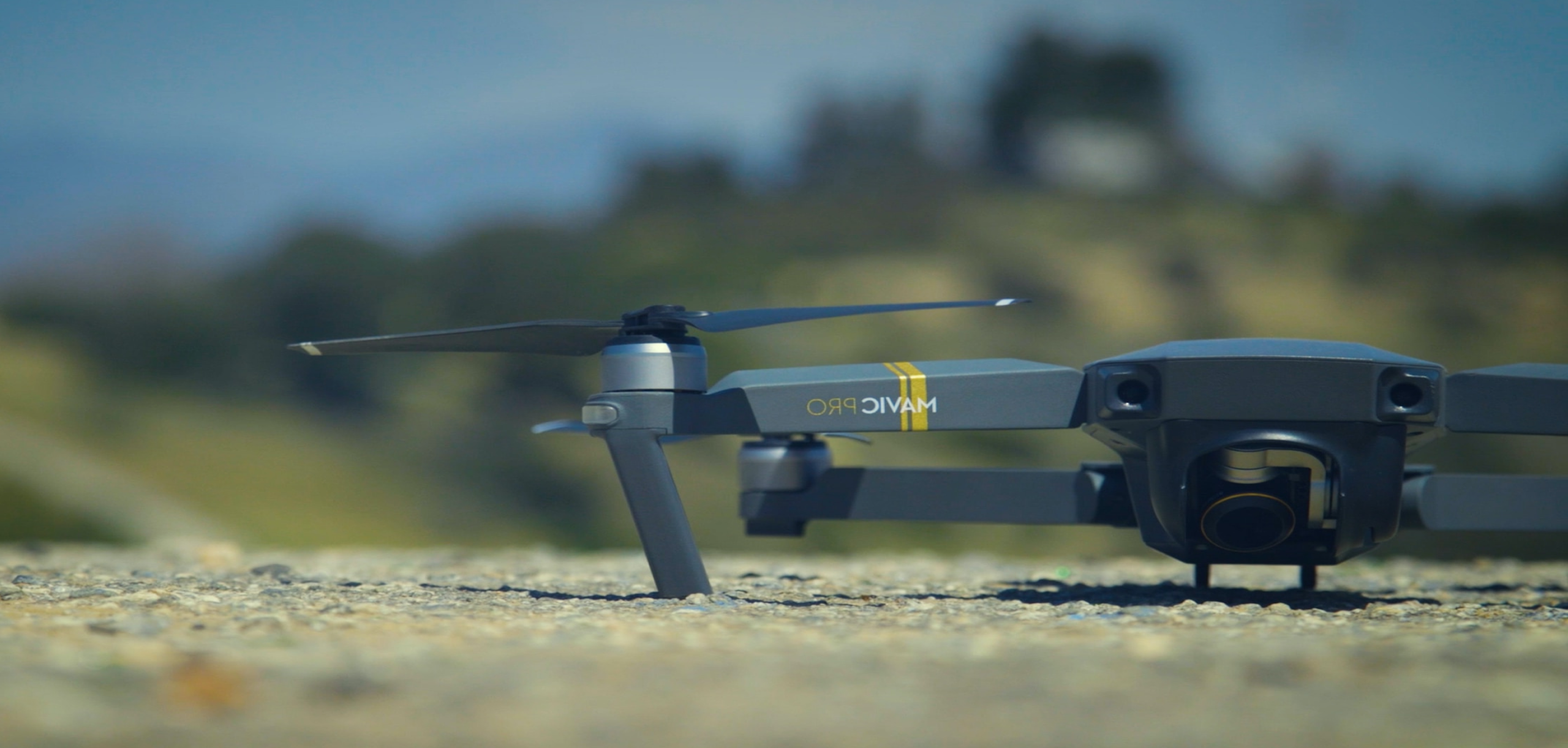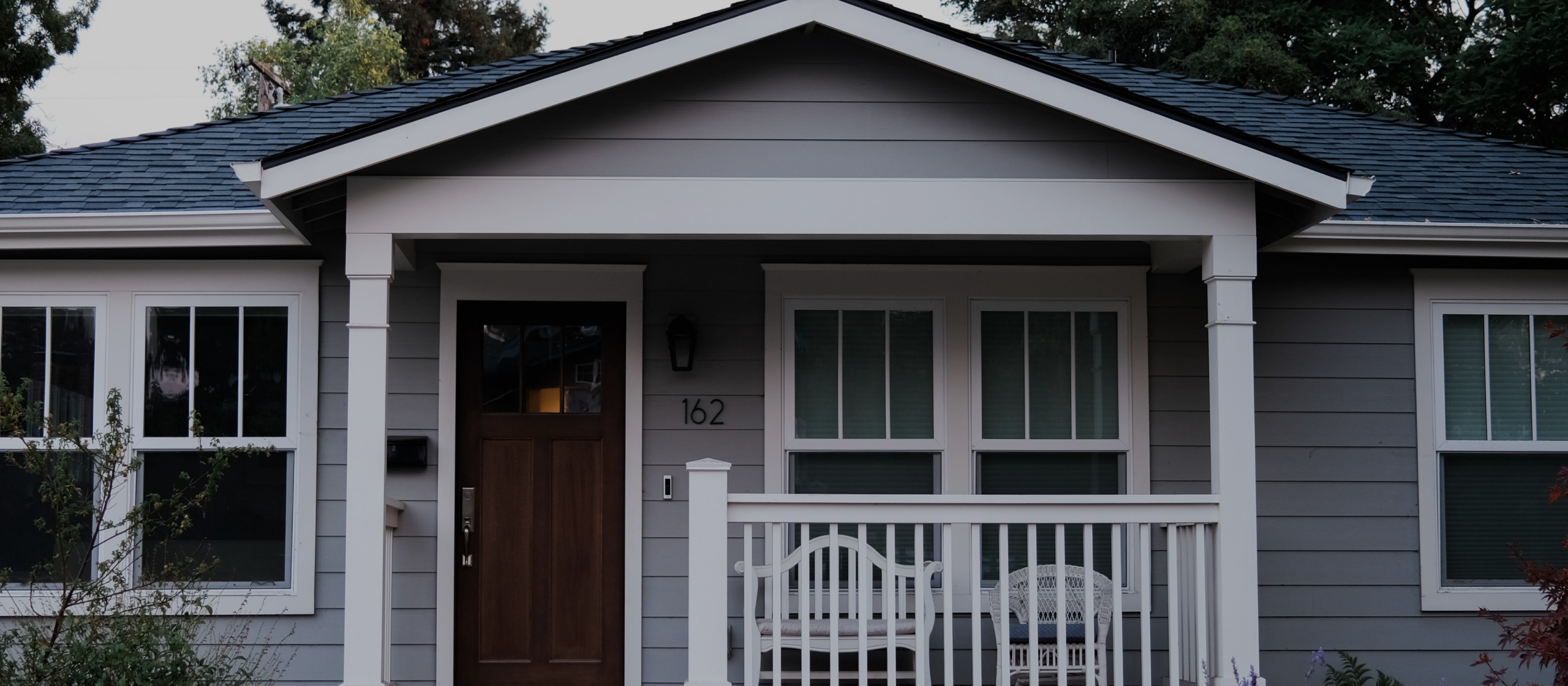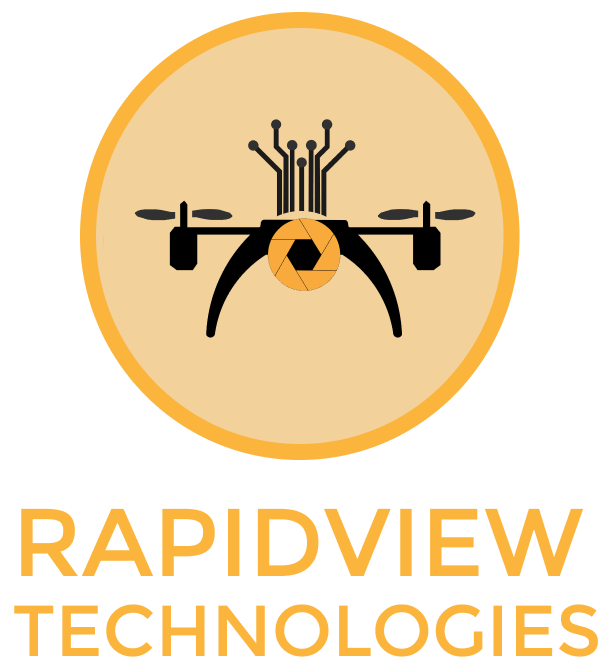
IS YOUR COMPANY USING DRONES ILLEGALLY?
...many don't realize that the FAA, the Federal Activation Administration, requires anyone using drones for a commercial purpose to do several things.

THREE REASONS DRONES ARE THE FUTURE ROOFING!
For years roof inspections have been performed the same way, by people climbing on the roof to gather manual measurements and inspect the roof for damage...

A ROOFER'S GUIDE TO RAPIDVIEW TECHNOLOGIES
Over the last decade, massive improvements have been made to drones, AI, and imaging systems that allow for a revolutionization of the roofing industry.
